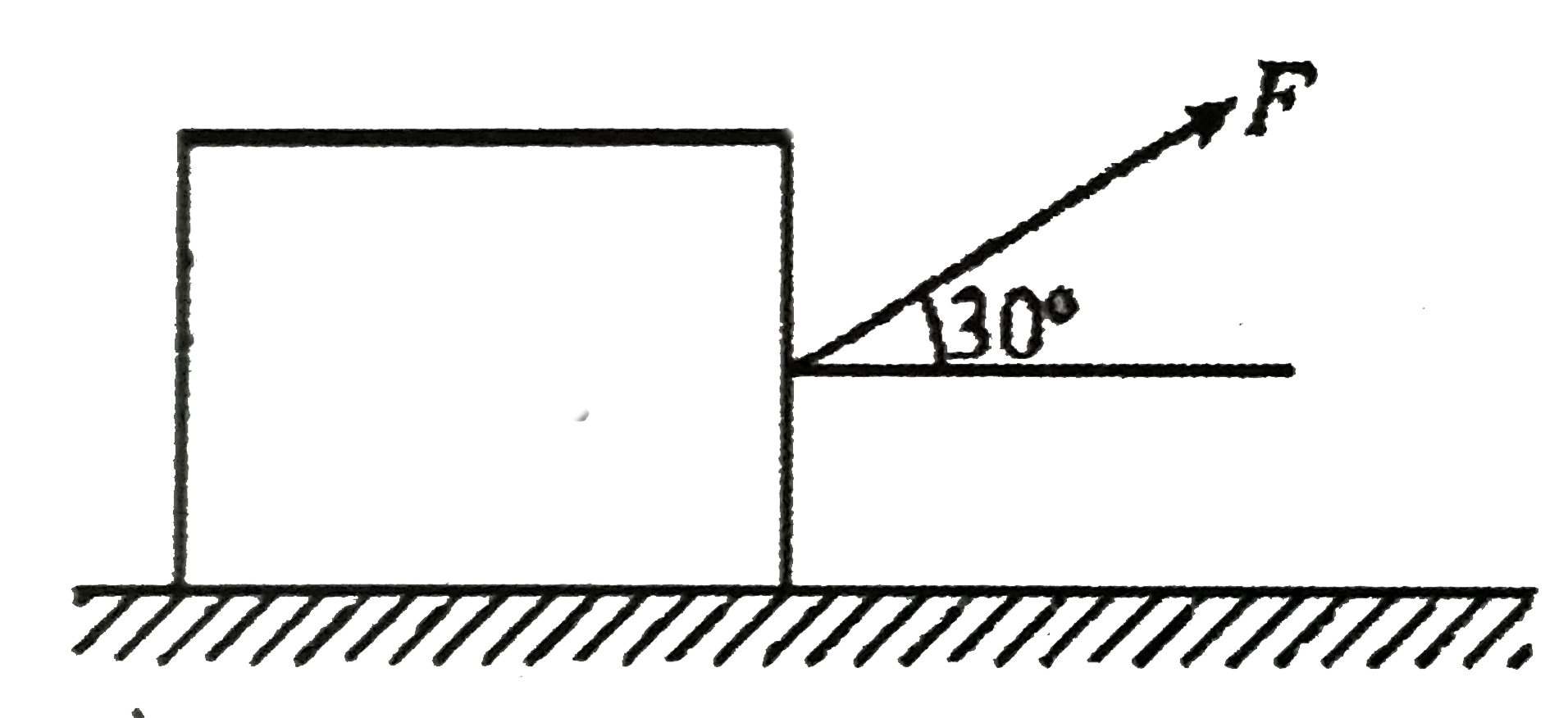Rougher surfaces have ______friction between them than smoother surfaces
more
less
equal
no
The correct Answer is:A
Step-by-Step Solution:
1. Understanding Friction: Friction is the force that opposes the relative motion of two surfaces in contact. It is influenced by the nature of the surfaces involved.
2. Identifying Surface Types: Rough surfaces (like concrete or sand) have irregularities and protrusions that interlock with each other, leading to higher friction. In contrast, smoother surfaces (like ice or wet tiles) have fewer irregularities, allowing for easier sliding.
3. Comparing Friction Levels: When comparing rough surfaces to smooth surfaces, it is important to note that the rougher the surface, the more resistance there is to motion. This means that rough surfaces will have a higher coefficient of friction.
4. Conclusion: Based on the understanding that rough surfaces create more interlocking and resistance compared to smooth surfaces, we conclude that rougher surfaces have more friction between them than smoother surfaces.
5. Final Answer: Therefore, the correct answer to the question is: Rougher surfaces have more friction between them than smoother surfaces.
---
Topper's Solved these Questions
- FRICTIONBOOK - PEARSON IIT JEE FOUNDATIONCHAPTER - FRICTIONEXERCISE - Track Your Learning IV
7 Videos
- FRICTIONBOOK - PEARSON IIT JEE FOUNDATIONCHAPTER - FRICTIONEXERCISE - Track Your Learning V
5 Videos
- FRICTIONBOOK - PEARSON IIT JEE FOUNDATIONCHAPTER - FRICTIONEXERCISE - Track Your Learning II
7 Videos
- FORCE AND PRESSUREBOOK - PEARSON IIT JEE FOUNDATIONCHAPTER - FORCE AND PRESSUREEXERCISE - COMPETITION CORNER
37 Videos
- HEATBOOK - PEARSON IIT JEE FOUNDATIONCHAPTER - HEATEXERCISE - CONCEPT APPLICATION Level 3
10 Videos
Similar Questions
Knowledge Check
A mass m rests under the action of a force F as shown in the figure-2.158 on a horizontal surface. The coefficient of friction between the mass and the surface is μ. The force of friction between the mass and the surface is :
 AμmgBμ[mg+F2]CF√32Dμ[mg−F2]
AμmgBμ[mg+F2]CF√32Dμ[mg−F2]In gravity free space, a particle is in constant with the inner surface of a hallow cylinder and moves in a circular path along the surface. There is some friction between the particles and the surface. The retardation of the particle is :
AZeroBIndependent of tha velocityCProportional to its velocityDProportional to the square of its velocityA force F accelerates a block of mass m on horizontal surface. The coefficient of friction between the contact surface is . The acceleration of m will be -
AF−μmgMBzeroCmay be (A) or (B)DNone of these
_____ friction is friction between moving surfaces.
View SolutionDoes the friction depend on the smoothness of the surfaces?
View SolutionA rectangular block is kept on a rough horizontal surface and given some initial velocity. The coefficient of friction between the block and the surface is constant. The block will topple
View SolutionAsseration : A block of mass m starts moving on a rough horizontal surface with a velocity v. It stops due to friction between the block and the surface after moving through a ceratin distance. The surface is now tilted to an angle of 30∘ with the horizontal and same block is made to go up on the surface with the same initial velocity v. The decrease in the mechanical energy in the second situation is small than the first situation.
Reason : The coefficient of friction between the block and the surface decreases with the increase in the angle of inclination.
View SolutionAn object is moving on a plane surface with uniform velocity 10ms−1 in presence of a force 10N. The frictional force between the object and the surface is
View Solution
